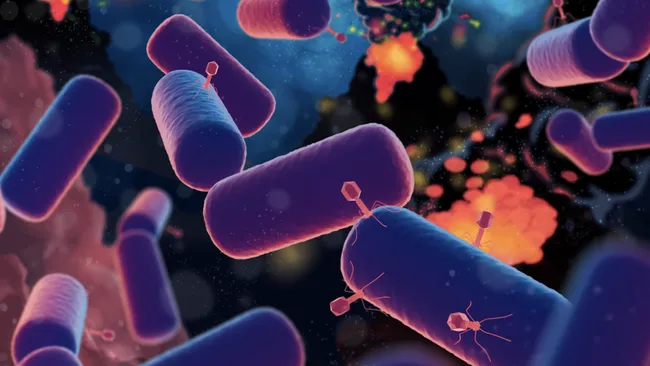New research gives insight into when the ancestor of all living things lived, and it’s earlier than we thought.
New research proposes that every living organism today can trace its lineage back to a single cell that existed around 4.2 billion years ago, only a few hundred million years after Earth itself was formed.
This ancient ancestor, affectionately termed LUCA (Last Universal Common Ancestor) by biologists, may not have been vastly different from some of the more complex bacteria we see today. LUCA thrived in a vibrant ecosystem filled with various life forms and viruses.
“What’s fascinating is the discovery that LUCA had a primitive immune system. This indicates that even 4.2 billion years ago, our ancestor was locked in a battle with viruses,” said Davide Pisani, a genomics researcher at the University of Bristol in the U.K. and co-author of the study.
Across all cellular life on Earth, we observe shared characteristics: the use of identical protein building blocks, reliance on ATP as an energy currency, and the storage of genetic information in DNA. These similarities strongly suggest that all life originated from a single common ancestor. Prior estimates placed LUCA’s existence around 3.9 billion years ago, but pinpointing such ancient genetic events with precision has always been a challenge.
In this study, published on July 12 in the journal Nature Ecology & Evolution, researchers sought to more accurately determine LUCA’s age. They analyzed the genes of 700 living species of bacteria and archaea, organisms thought to represent some of the oldest life forms on Earth. Since eukaryotes are believed to have evolved from a symbiotic relationship between these two cell types, they were the focus of the study. By tracking the mutations within 57 genes common to all 700 organisms, and applying estimated mutation rates, the team was able to back-calculate LUCA’s timeline. They anchored their findings using ancient fossils, such as 3.48-billion-year-old microbial mats from Australia, which provided insights into early Earth’s conditions and set a lower boundary for LUCA’s survival.
Their research concluded that LUCA existed approximately 4.2 billion years ago.
“We were surprised to find LUCA so ancient, just a few hundred million years after Earth’s formation,” said Sandra Álvarez-Carretero, a research fellow at UCL in the U.K. During the Hadean Eon (4.6 to 4 billion years ago), Earth was a harsh environment, with hot oceans and minimal atmospheric oxygen.
By categorizing genes based on their cellular roles, the researchers inferred aspects of LUCA’s habitat and diet. While they couldn’t pinpoint LUCA’s exact environment, it’s likely that it lived in a marine setting, such as a shallow hydrothermal vent or hot spring. LUCA probably thrived in extreme temperatures and “breathed” anaerobically, utilizing the waste products of other organisms in its ecosystem. Evidence that LUCA was not alone includes its metabolic pathways, which suggest it depended on organic material pre-processed by other microbes. Additionally, LUCA already had genes that could combat viral infections.
The fact that LUCA coexisted with a diverse range of life forms has intriguing implications for the potential existence of life on other planets, noted study senior author Philip Donoghue, a professor of paleobiology at the University of Bristol.
“This could indicate that life is flourishing in Earth-like environments elsewhere in the universe,” Donoghue remarked.
